V6 engines can be found nearly everywhere, from the new Ferrari 296 GTB to Dad’s old estate. But despite this engine configuration’s relative ubiquity, few enthusiasts know its story began with a young engineer’s work in war-torn 1940s Italy.
Francesco De Virgilio was hired at Lancia in February 1939, where he quickly made a name for himself thanks to the improvements he devised for the Aprilia’s “sliding pillar” front suspension. His work on engines began in early 1943, following the transfer of Lancia’s technical staff to the northeastern city of Padua, away from the Allied bombing raids that had severely damaged Lancia’s factory in Turin.

During their stay in Padua, Lancia’s engineers resumed work on a new 39-degree V6 engine they had conceived in the fall of 1942. Although the idea of a V6 wasn’t entirely new, no one had yet solved the balancing issues associated with this configuration, which had never been used in series production. Upon reviewing that V6 prototype’s crankshaft design to decide whether it deserved a patent application, De Virgilio realized it was fundamentally flawed and generated unacceptable vibrations. This prompted painstaking research into the optimal V angle and crankshaft design for a well balanced V6 engine.
By August 1943, after having gone through all possible configurations, De Virgilio singled out eight crankshaft designs: four with a 60-degree angle between the cylinder banks and four with a 120-degree angle. Once the idea of a 120-degree V6 was discarded as impractical due to its width, what emerged was a 60-degree V6 equipped with a crankshaft with six crankpins spaced at 60-degree intervals. However, due to the events of the war and internal upheaval at Lancia, De Virgilio would have to wait until late 1948 to finally turn the world’s first V6 engine into a production reality.
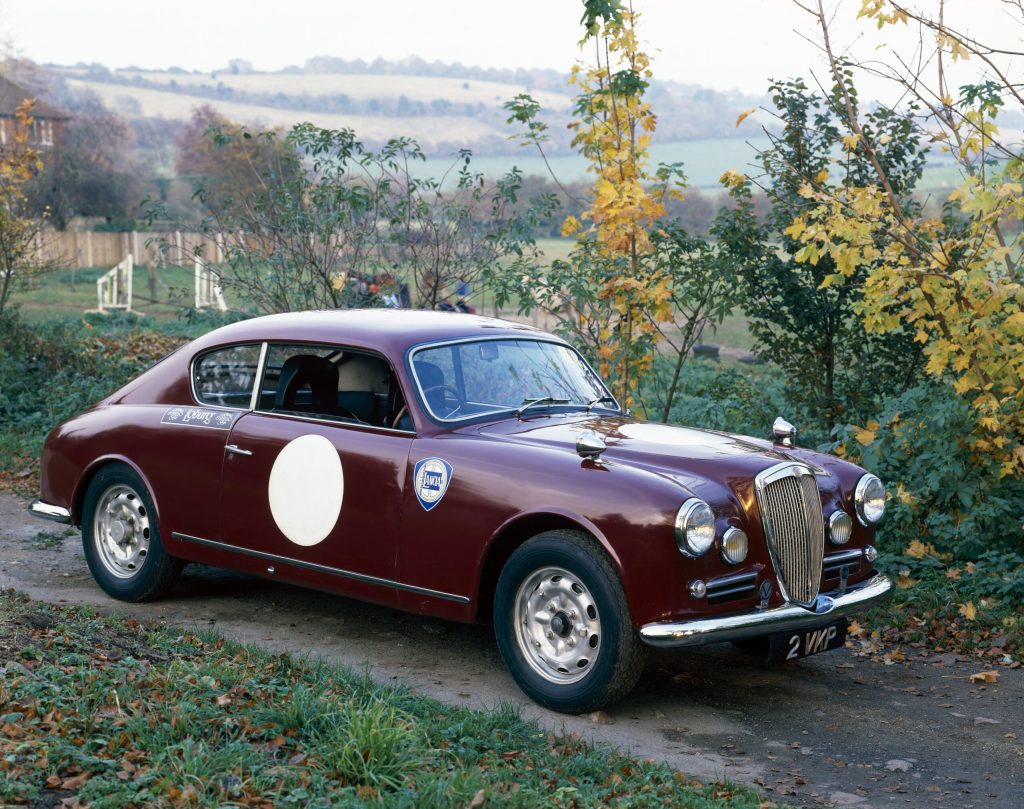
Launched at the 1950 Turin motor show, the Lancia Aurelia B10 sedan was perhaps the most sophisticated automobile on sale anywhere at the time: unibody construction, independent suspension all-around, plus a 1754cc V6 that sent its power to a four-speed gearbox mounted at the rear for even weight distribution.
The engine’s crankshaft rested on four main bearings, while the crankcase and block were cast in lightweight aluminium with iron cylinder liners. The two overhead valves per cylinder were actuated via pushrods by a single camshaft nested between the cylinder banks, driven by a short duplex chain fitted with a hydraulic tensioner. Groundbreaking as it was, the Aurelia B10 engine’s output of just 56 horsepower was less than impressive even by 1950 standards. This was primarily due to the low (6.85:1) compression ratio needed for the engine to run on cheaper, low-octane “regular” gasoline instead of the premium stuff.
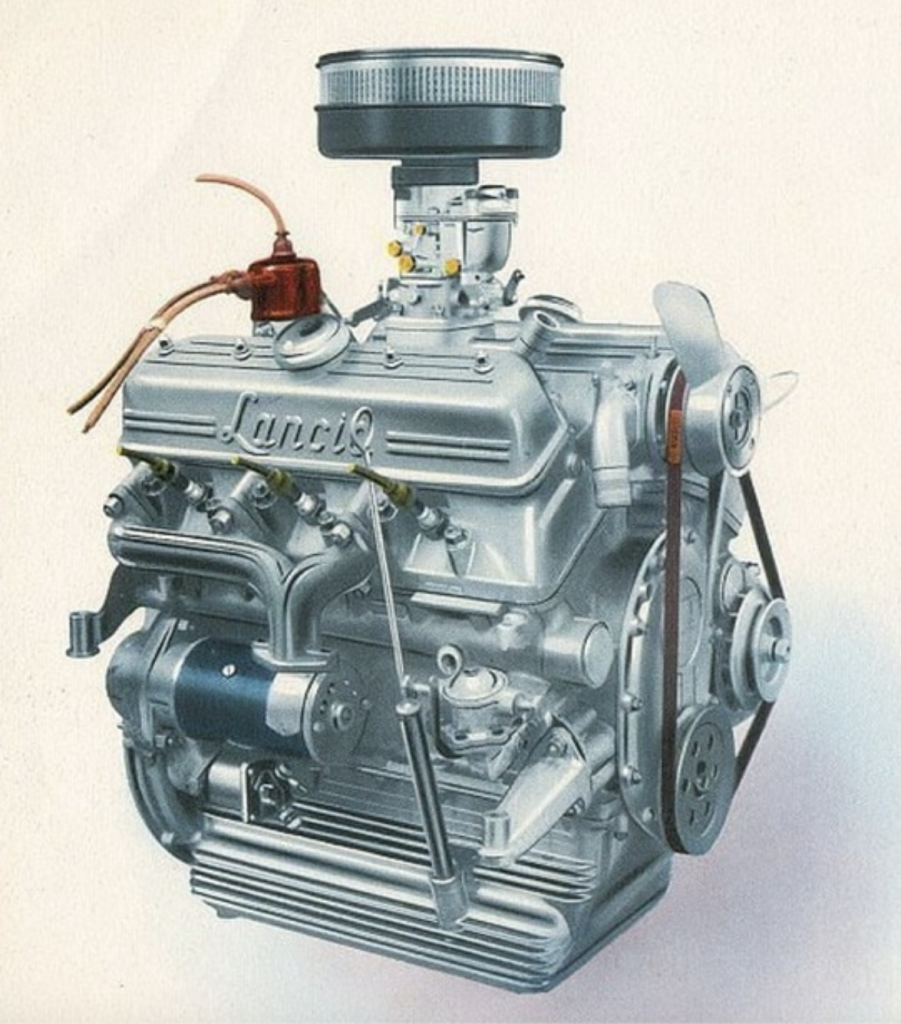
Lancia, however, didn’t take long to exploit the untapped potential of its V6, starting with the higher-compression 1991cc version found under the bonnet of the lovely Aurelia B20 GT, which was presented in early 1951. Those elegant coupes punched well above their weight in competition that year, as driver Giovanni Bracco managed a surprise second place in the Mille Miglia, beaten only by a Ferrari that packed an engine twice the size. Galvanized by such success, Lancia entered the same car at the 24 Hours of Le Mans, where it ran flawlessly and won its class against more powerful machinery.
Even though the V6’s overall design remained the same for all the numerous Aurelia variants produced between 1950 and 1957, Lancia’s engineers made near-constant detail improvements to camshafts, heads, crankshafts, and blocks. Still, by the time Pininfarina penned the drop-dead gorgeous B24 Spider for 1955, the world’s first V6 had matured into perhaps its ultimate form, with a displacement of 2451cc and producing a smooth 110bhp.
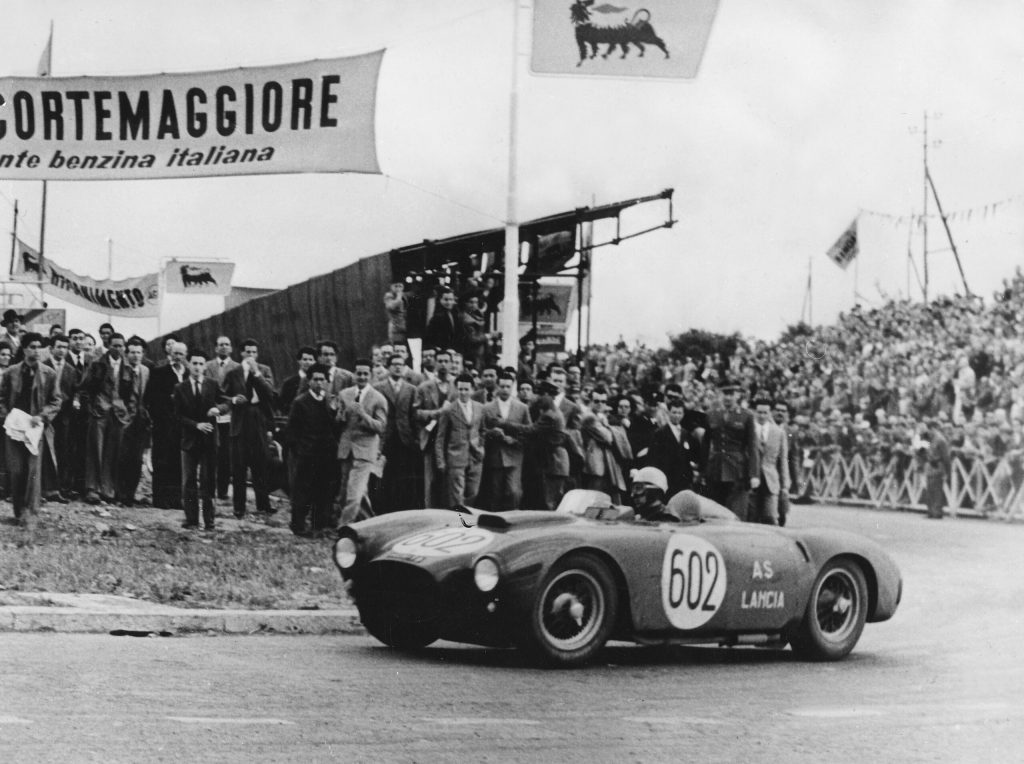
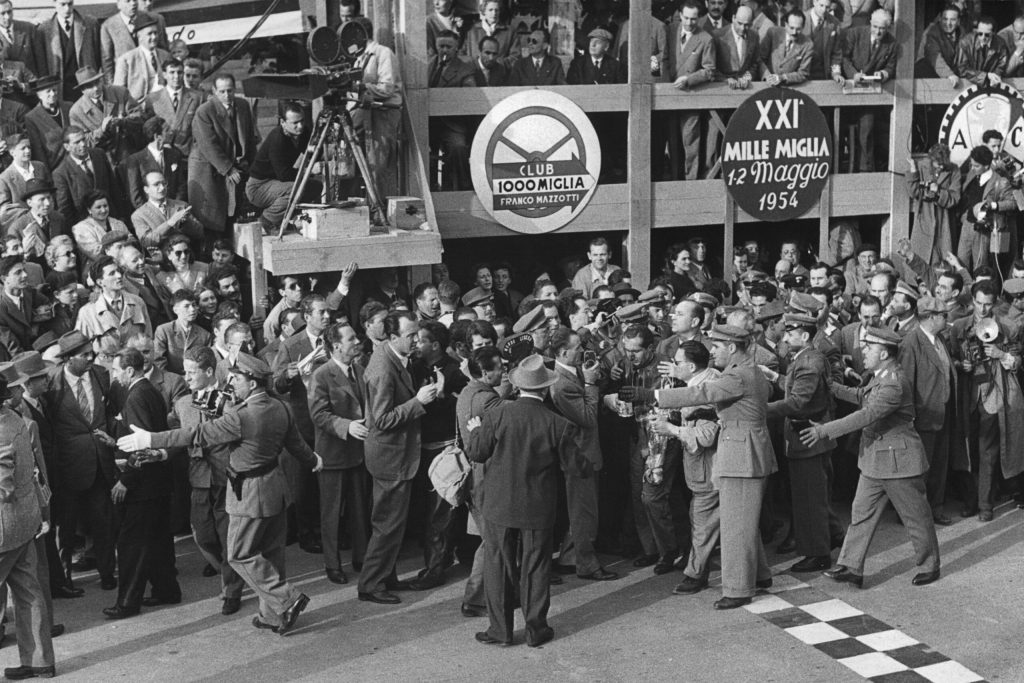
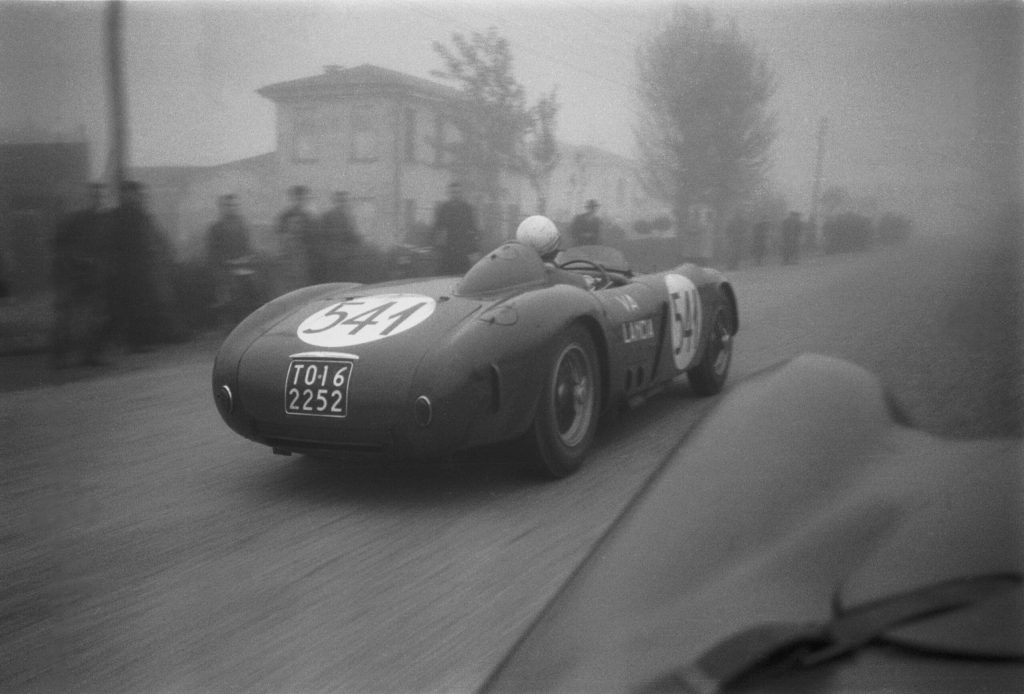
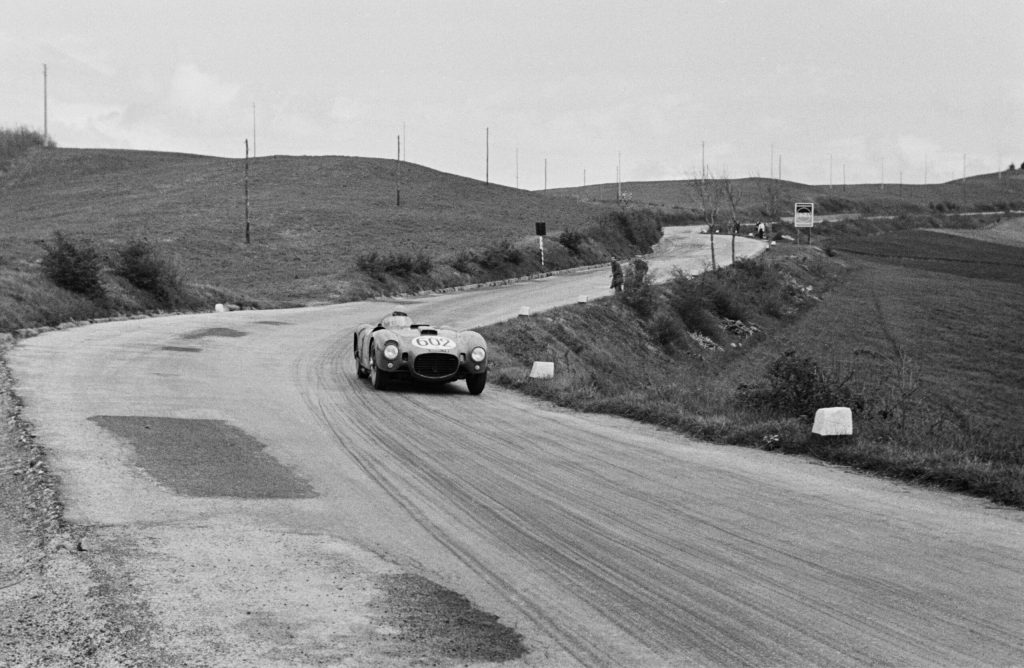
Unfortunately, history shows that advanced, sophisticated cars built to a high standard rarely make for healthy long-term balance sheets, and Lancia witnessed this phenomenon. In 1955, the Lancia family ceded control of the heavily indebted firm to entrepreneur Carlo Pesenti, while the development of the Aurelia’s replacement was well underway. Lancia’s new flagship sedan, the Flaminia, was presented at the Turin show in 1956. Under its crisp, modern Pininfarina lines sat a 2458cc V6 that may have looked like the Aurelia’s to an untrained eye, but actually was a near-complete redesign.
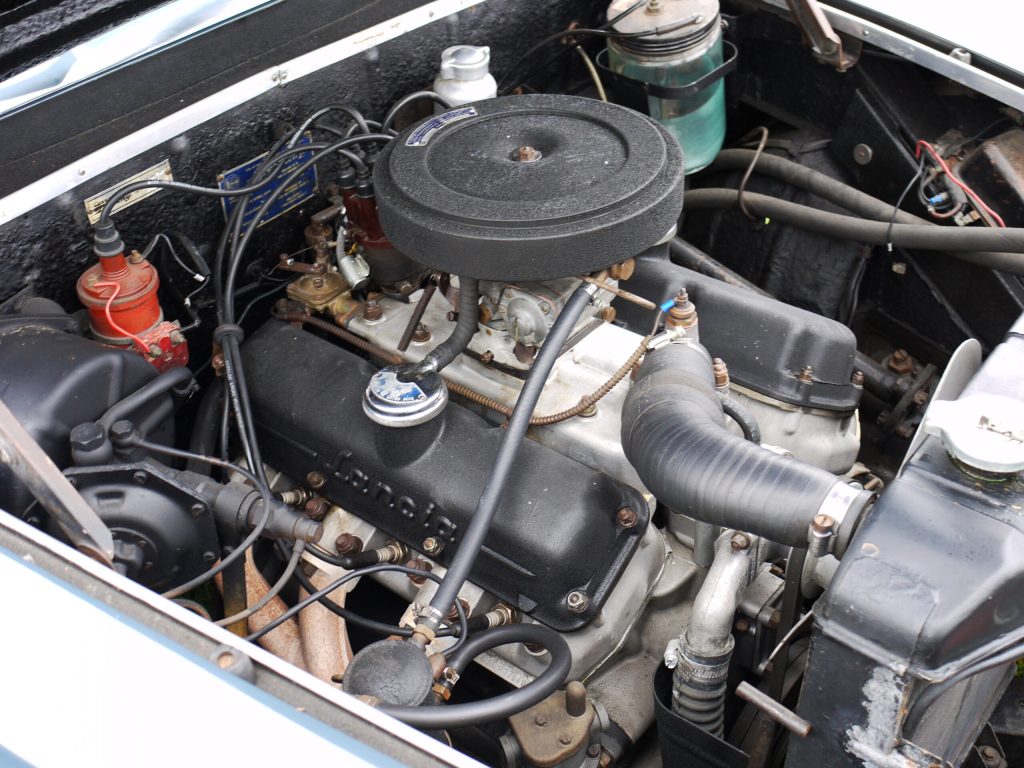
Although the original V6’s general layout and outer dimensions remained the same, the aluminium castings for the block and cylinder heads were all new, with different internal measurements, improved coolant circulation, and hemispherical combustion chambers. Further enlarged to 2775cc in 1963, this V6 would power Lancia’s flagship sedan and its derivatives until as late as 1970, when the last eight Flaminias left the Turin factory.
However, due to personal animosity with Lancia’s new technical director, Antonio Fessia, Francesco De Virgilio was sadly denied the chance to design this second generation of ‘his’ V6. With De Virgilio effectively exiled to Lancia’s ailing truck division, responsibility for the Flaminia’s V6 fell on Ettore Zaccone Mina, who previously designed the engine for the Lancia D50 Formula 1 car.
Still, it’s a somewhat ironic twist of fate that Lancia, after having pioneered the V6 engine as we know it, ultimately never got the chance to make another one.
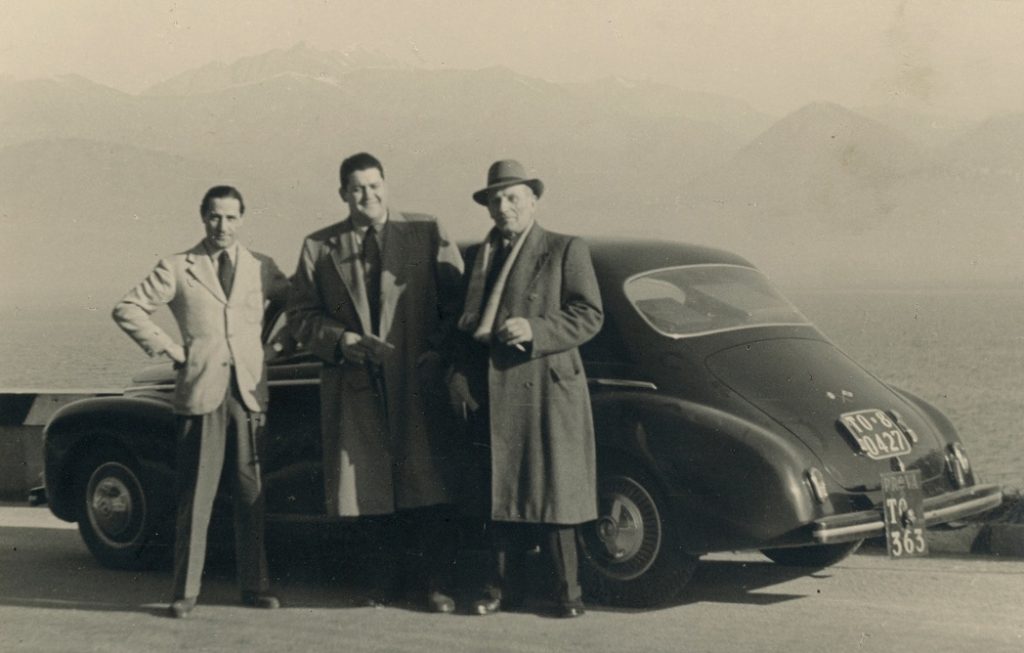
Even though Lancia offered several models equipped with V6 engines over the decades following Fiat’s late 1969 takeover, all were sourced from other manufacturers, like the 2.4-litre V6 from the Ferrari Dino, which propelled the Stratos to win three consecutive World Rally Championships between 1974 and 1976.
De Virgilio remained loyal to Lancia until his retirement in 1975 , then stayed on as a consultant for the racing team until 1984. From 1984 to 1986, he collaborated with Alfa Corse on a 3.5-litre, 72-degree V10 for Formula 1, which predated those of Renault and Honda but was never raced.
Francesco De Virgilio passed away in 1995, but his legacy lives on in the millions of V6 engines built since his trailblazing work in a war-ravaged Italy.
Matteo Licata received his degree in Transportation Design from Turin’s IED (Istituto Europeo di Design) in 2006. He worked as an automobile designer for about a decade, including a stint in the then-Fiat Group’s Turin design studio, during which his proposal for the interior of the 2010–20 Alfa Romeo Giulietta was selected for production. He next joined Changan’s European design studio in Turin and then EDAG in Barcelona, Spain. Licata currently teaches automobile design history to the Transportation Design bachelor students of IAAD (Istituto di Arte Applicata e Design) in Turin.









A fascinating part of the history of Lancia. Interestingly Lancia had long espoused the V-engine, starting with the Lambda in 1922 and continuing into the 1970’s with Fulvia. The engines were not only short maximising the passenger accommodation space, without having to use longer wheelbases but also light due to extensive use of aluminium giving sporty light weight performance. Many of their models are sadly under rated or even not noticed by car enthusiasts these days.